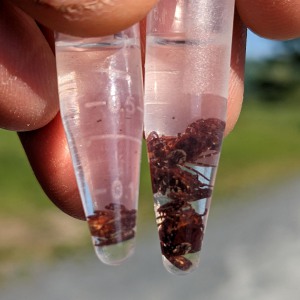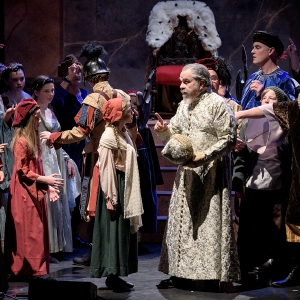The Outside Story: Sympathy for the Thistle
| Published: 09-09-2018 10:00 PM |
T
Okay, I guess thistles are not everyone’s favorite wildflower, but I’ve always liked them. I’m not a farmer, so it’s easy for me to say. I like them because they’re pretty, they remind me of Scotland, and they’re like grocery stores for goldfinches.
Kumin didn’t exactly hate thistles, either. On her sidehill farm in Warner, N.H., not far from where I live, she wrote poems inspired by her deep love of New Hampshire’s pastures, meadows, and woodlands. The final stanza of Why There Will Always Be Thistle features chrome-yellow goldfinches exploding from thistle seed heads after gorging on the contents.
Members of the sunflower family, thistles thrive in almost any environment except deep woods: open fields, sand and gravel pits, vacant lots, roadsides and the edges of wetlands. The U.S. has more than 200 species, growing from 2 to 10 feet high and bearing pink, purple, white or yellow blooms. The flowers are large; most thistle plants flower only once in a lifecycle, so a lot of energy goes into producing seed in that one bloom. Some species produce 4,000 to 10,000 seeds per plant.
The Northeast has native and non-native thistles. The one you’re most likely to see in Northern New England, according to New Hampshire’s state botanist Bill Nichols, is a native one: the swamp thistle. It grows up to 8 feet tall and has pink, lavender, and purple flowers. In the Midwest, this plant has a special niche as the host for an increasingly rare butterfly, the swamp metalmark, which lays its eggs on the underside of the leaves. When the eggs hatch, the caterpillars dine exclusively on swamp thistle flowers.
Native thistles also include the field thistle and the pasture thistle. Also native, but less widespread, is the yellow thistle, the only one on the New Hampshire Natural Heritage Bureau’s rare plant list. It grows near the seacoast, at the edges of salt marshes and meadows, and has prickly leaf bracts that earn it the species name Cirsium horridulum.
The thistle’s bad reputation is mostly due to the weedy and invasive nature of several non-native species. They compete with crops, and their deep tap roots make them difficult to eradicate. They're also very prickly. Native species, on the other hand, have stems that range from hairy to slightly prickly. Non-native thistle species in the Northeast include the bull thistle, the nodding thistle, and the Canada thistle (which is misnamed, since it was brought from Europe to North America). So hated is the Canada thistle that many states have taken legal measures to control it, starting with Vermont in 1795.
Non-native thistles get a lot of people’s goats. (Goats will eat thistles, though they save them for last.) Unfortunately, native thistles suffer as a result. According to the Xerces Society for Invertebrate Conservation, native thistles are often targeted for eradication along with non-native ones, putting several species at risk of extinction. The Society’s scientists point out that, in some regions, monarch butterflies visit native thistles more than any other wildflower during their migration. Other butterflies and bees do not discriminate. Whether native or introduced, thistles are a favorite food for pollinating insects and many birds.
Article continues after...
Yesterday's Most Read Articles
The thistle’s biggest bird fan is the American goldfinch. Goldfinches rely heavily on thistle plants for food and use thistledown in their nests. Unlike most songbirds, goldfinches rarely eat insects or feed them to their babies. They are late breeders, building nests in late June and early July and raising nestlings in late summer when thistle seed heads are abundant. Upside-down goldfinches are a common sight as they bend thistle stalks over completely and cling to flowers to peck at the seed heads.
Unlike goldfinches, humans tend to have little use for these spiny plants. But maybe we should. With all the current threats to pollinators, including habitat loss, pollution, climate change, and light pollution, native thistles deserve some love.
Laurie D. Morrissey is a writer in Hopkinton, N.H. The illustration for this column was drawn by Adelaide Tyrol. The Outside Story is assigned and edited by

 Out & About: Vermont Center for Ecostudies continues Backyard Tick Project
Out & About: Vermont Center for Ecostudies continues Backyard Tick Project Art Notes: After losing primary venues, JAG Productions persists
Art Notes: After losing primary venues, JAG Productions persists  Over Easy: Marvels in the heavens, and in the yard
Over Easy: Marvels in the heavens, and in the yard  Amid financial difficulties, Lebanon-based Revels North cancels midwinter show
Amid financial difficulties, Lebanon-based Revels North cancels midwinter show 
